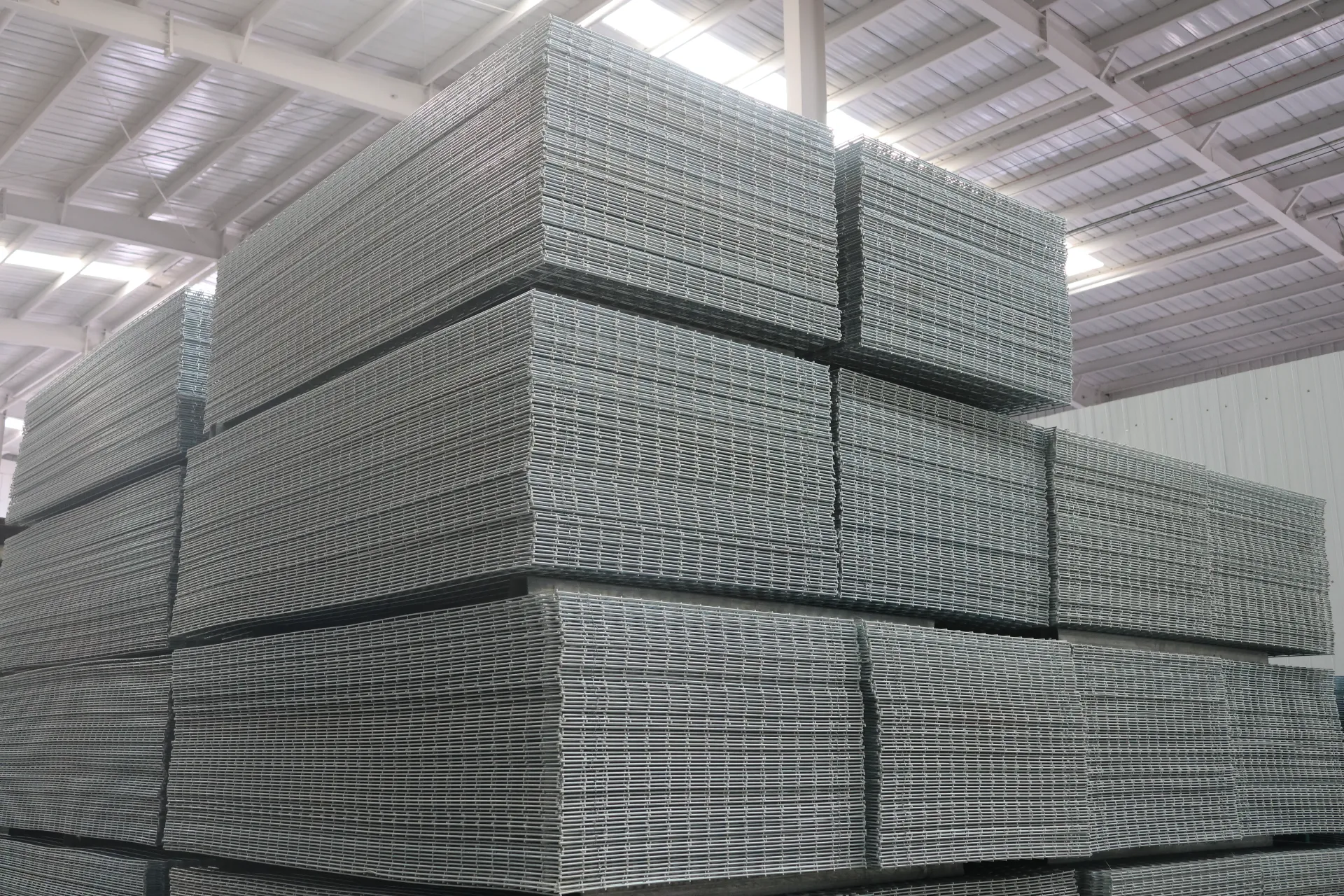china galvanized wire
Galvanized Wire in China An Overview
Galvanized wire, a crucial material in various industries, is widely produced and utilized in China. This process involves coating iron or steel wire with zinc to enhance its resistance to rust and corrosion, making it suitable for different applications.
Production Process
The production of galvanized wire in China typically involves the hot-dip galvanizing method or electro-galvanizing process. Hot-dip galvanizing entails immersing clean steel wire in molten zinc, creating a thick and robust protective layer. This method is favored for its durability and longevity, making it ideal for heavy-duty applications like construction, fencing, and agriculture. On the other hand, electro-galvanizing involves applying a zinc coating through electrolysis, resulting in a thinner layer that is best suited for indoor applications where exposure to harsh elements is limited.
Chinese manufacturers have invested significantly in modernizing their production techniques to ensure high-quality output and efficient manufacturing processes. Advanced machinery and quality control measures are employed to meet both domestic and international standards.
Market Applications
Galvanized wire is versatile and is utilized in various sectors. One of the most common applications is in the construction industry, where it is used for reinforcing concrete structures and producing wire mesh. The agricultural sector also benefits from galvanized wire for fencing purposes, as its corrosion resistance ensures durability in outdoor conditions.
Additionally, the automotive industry uses galvanized wire for various components, ensuring longevity and maintaining safety standards. Moreover, galvanized wire finds its place in the electrical field, where it serves as a grounding wire to prevent electrical malfunctions.
china galvanized wire

Economic Impact
China is one of the largest producers and exporters of galvanized wire globally, contributing significantly to the country's economy. The demand for galvanized wire has surged not only domestically but also internationally, leading to increased trade opportunities. The booming construction and infrastructure projects across Asia have notably propelled this demand.
Environmental Considerations
While the production of galvanized wire has numerous benefits, it is essential to address environmental concerns associated with the galvanizing process. The use of zinc, if not managed properly, can lead to pollution and health issues. Therefore, many manufacturers are adopting eco-friendly practices, including recycling and treating wastewater before it is released into the environment. Additionally, the industry is exploring alternative materials and processes that can reduce the ecological impact.
Future Trends
Looking ahead, the galvanized wire industry in China is poised for growth. The ongoing urbanization and infrastructural development will continue to drive demand. Furthermore, advancements in technology may lead to the development of innovative galvanizing techniques that enhance efficiency and reduce environmental footprints.
As global trade relations evolve, Chinese manufacturers are also focusing on expanding their market reach, particularly in emerging economies where demand for construction materials is on the rise. By prioritizing quality and sustainability, China's galvanized wire industry can maintain its competitive edge while contributing positively to the global market.
In conclusion, galvanized wire is an essential component in various industries, especially in construction and agriculture. China's prominence in the production and exportation of this vital material underscores its economic significance and potential for future growth. As the industry evolves, balancing production needs with environmental stewardship will be crucial for sustainable development.
-
Space-Saving Chain Fence Hacks Vertical Gardening with Cyclone MeshNewsJul.16,2025
-
Innovations in Iron Nail Wire Production for Modern ConstructionNewsJul.16,2025
-
Creative Uses of Wire Netting Fence in Modern Landscape DesignNewsJul.16,2025
-
Barbed Wire Fence Innovations in Anti-Climb TechnologyNewsJul.16,2025
-
Architectural Uses of Umbrella Nails for Aesthetic Roof DesignsNewsJul.16,2025
-
Architectural Uses of Razor Barbed Wire in Secure Urban DesignNewsJul.16,2025




